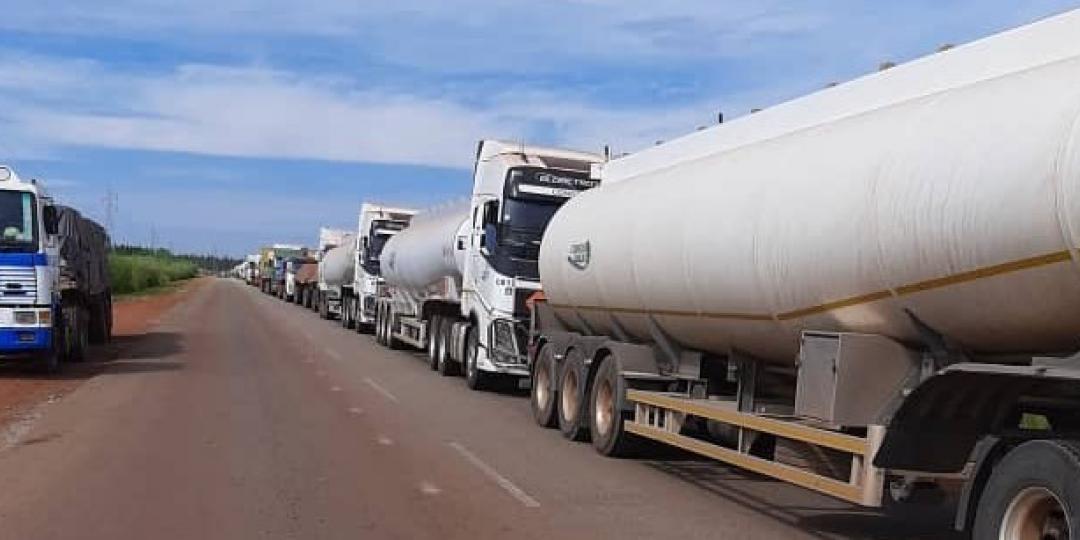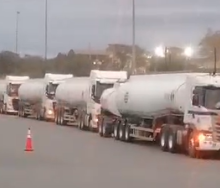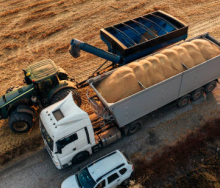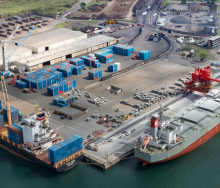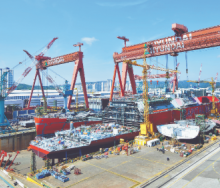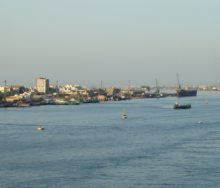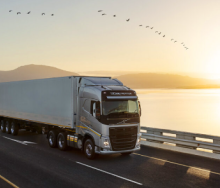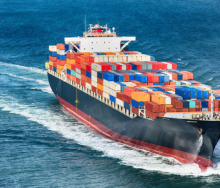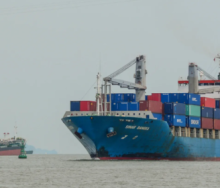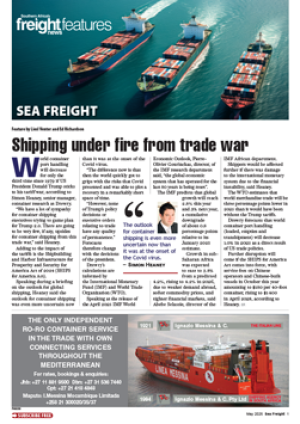In a desperate plea for intervention on behalf of sub-Saharan Africa’s cross-border road freight industry, the Federation of East and Southern African Road Transport Associations (Fesarta) has said that congestion at the Copperbelt border of Kasumbalesa has reached critical proportions.
The queue of waiting trucks south of the Democratic Republic of the Congo (DRC), which last weekend led to the death of a truck driver suffering from malaria who was stuck in his cabin, has since then worsened, Fesarta chief executive Mike Fitzmaurice has said.
“Currently, the queue is on the side of Chimbishi, about 70 kilometres away from the border.”
At the current rate, it takes northbound trucks about eight days to reach Chingola, some 45 kilometres from where Zambia’s T3 road from the south-east swings north towards the DRC.
Because trucks are only moving about 3.5 kilometres a day, it now takes about 20 days to complete the journey between Kitwe and Kasumbalesa, a distance of about 95 kilometres.
Once at the important crossing, used to get copper and cobalt to various ports around the tip of Africa, transporters still have to wait to squeeze through the notorious choke point.
Such is the backlogging north of the border, Fitzmaurice said, that the DRC’s customs control zone is full and no more trucks are allowed.
What’s become clear is that between Zambia and the DRC there seems to be limited capability to decongest a border used for about 70% of the globe’s cobalt exports, used in high-tech batteries.
With decarbonisation currently driving demand for electronic vehicle manufacturing ever higher, Kasumbalesa is in real need of wider industry intervention.
Unfortunately, pleas have fallen on deaf ears.
It seems as long as there are transporters eager for a lucrative slice of the supply-chain pie in the Copperbelt, truck drivers are expected to queue for weeks on end at Kasumbalesa – often with fatal consequences.
